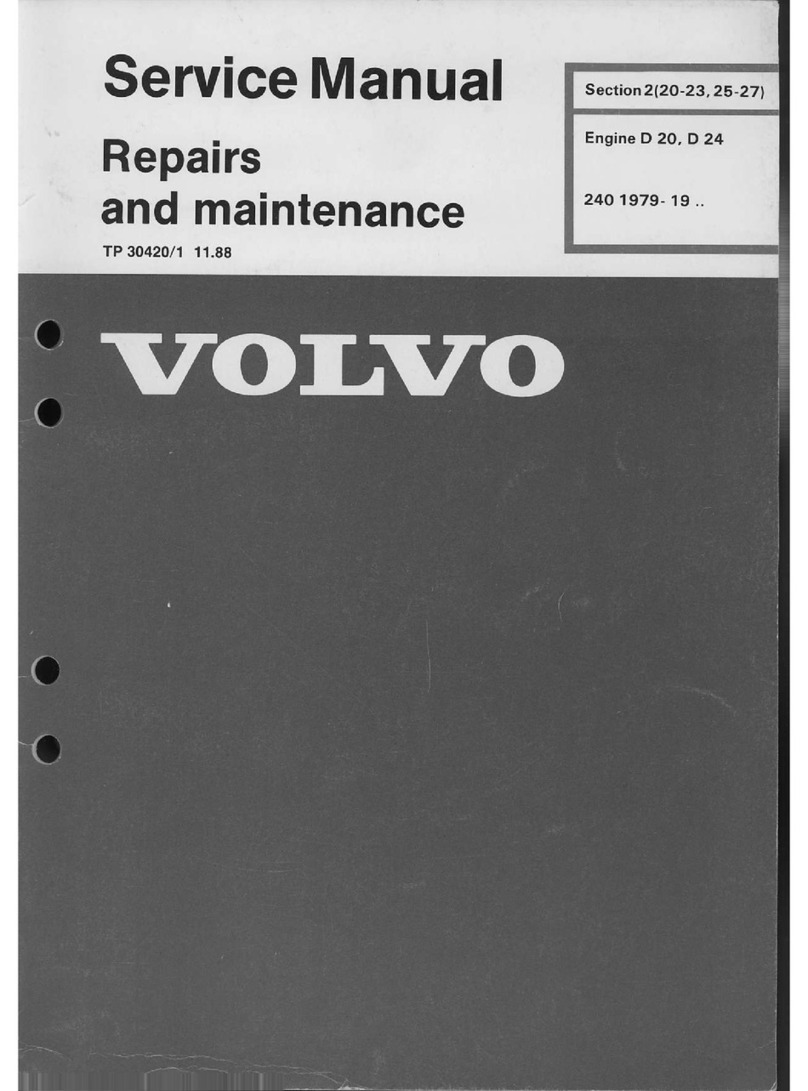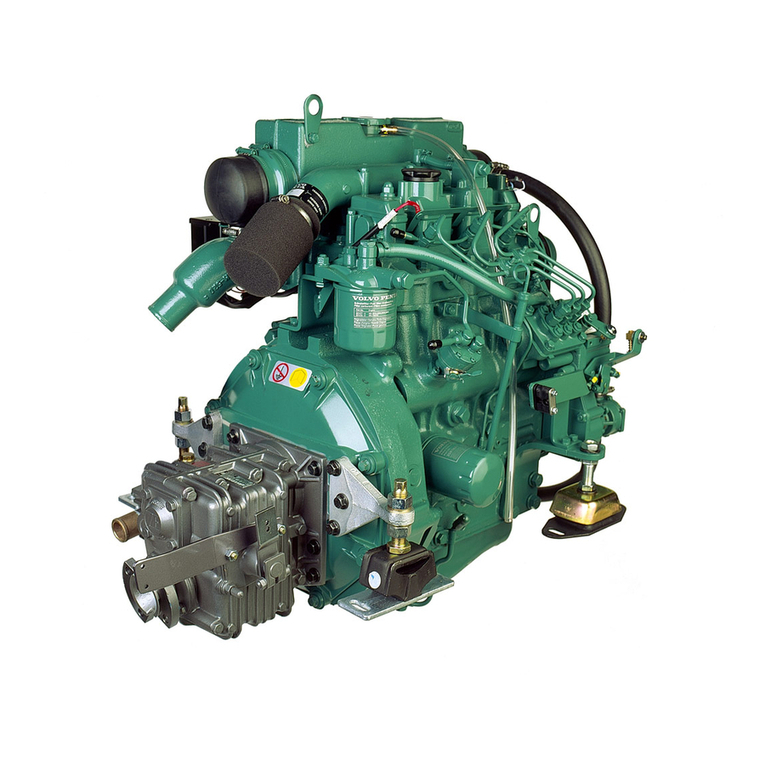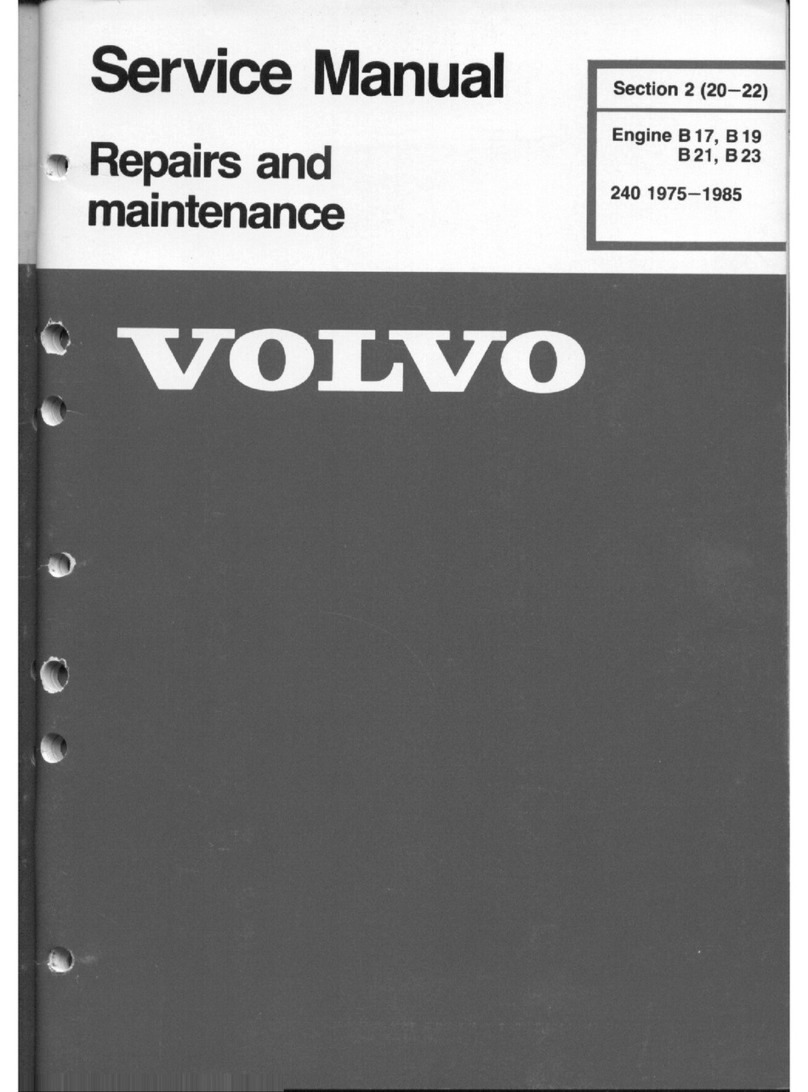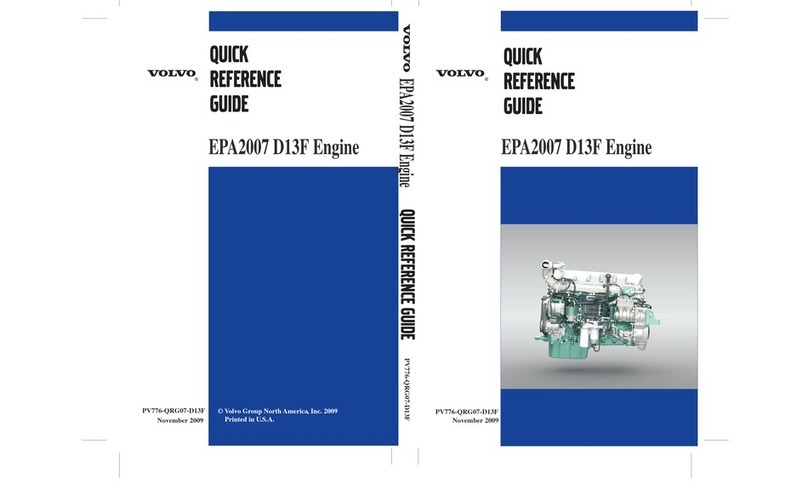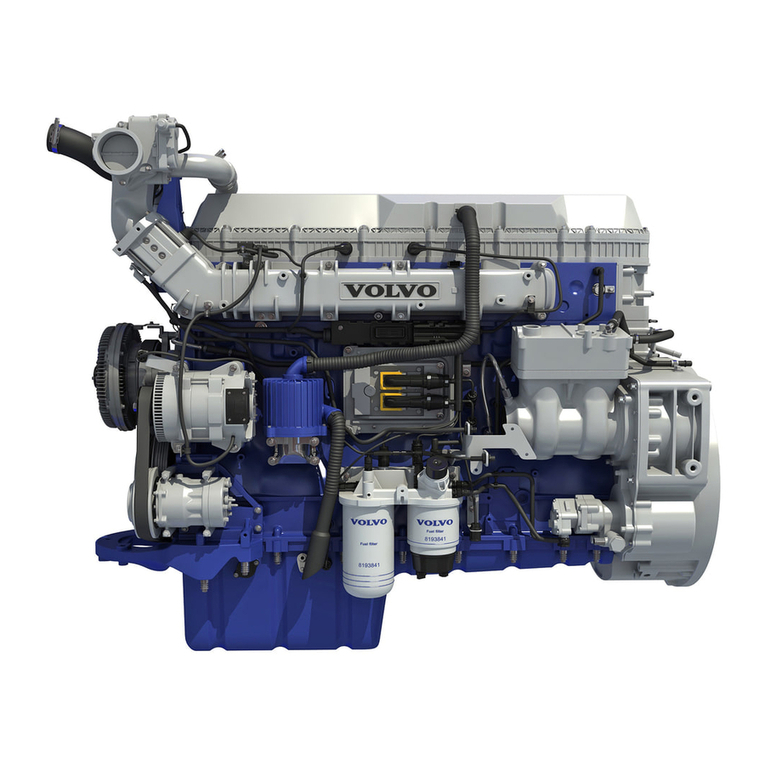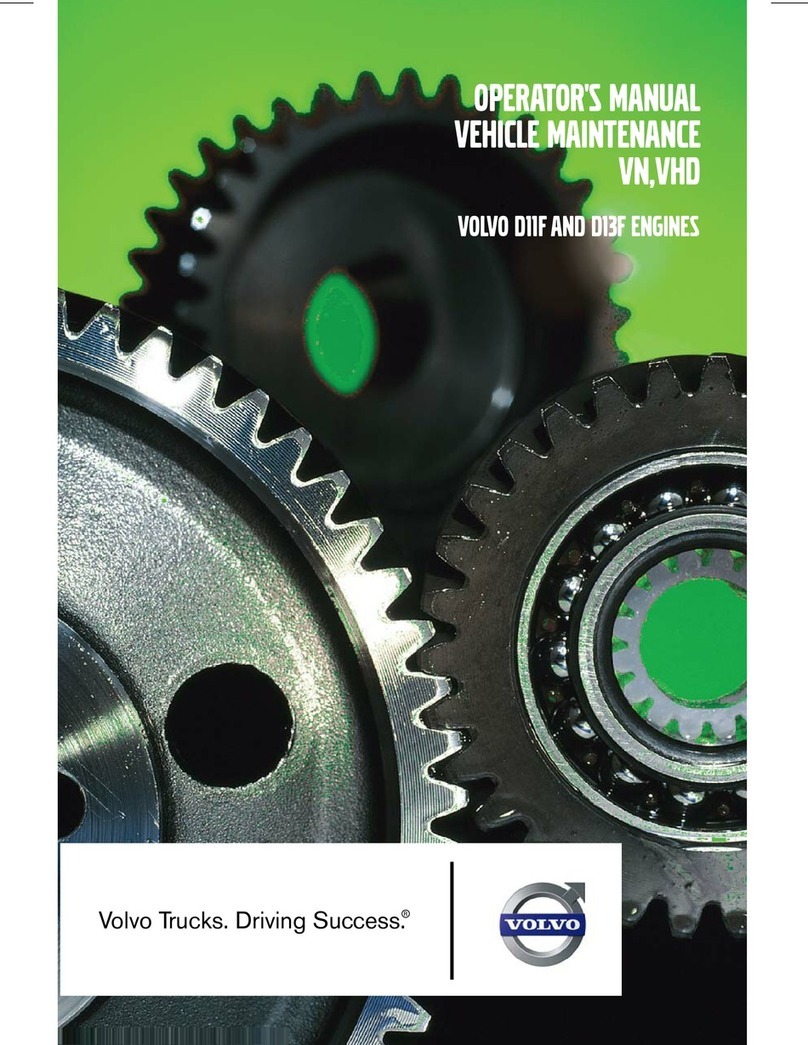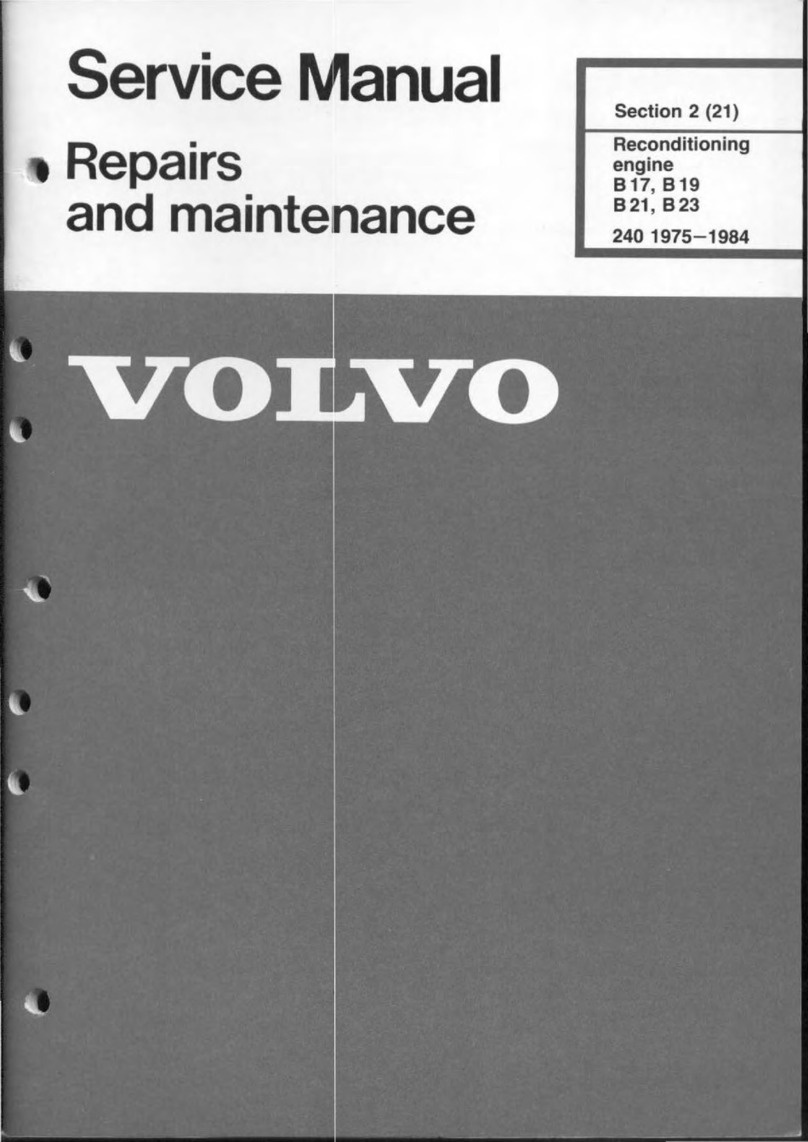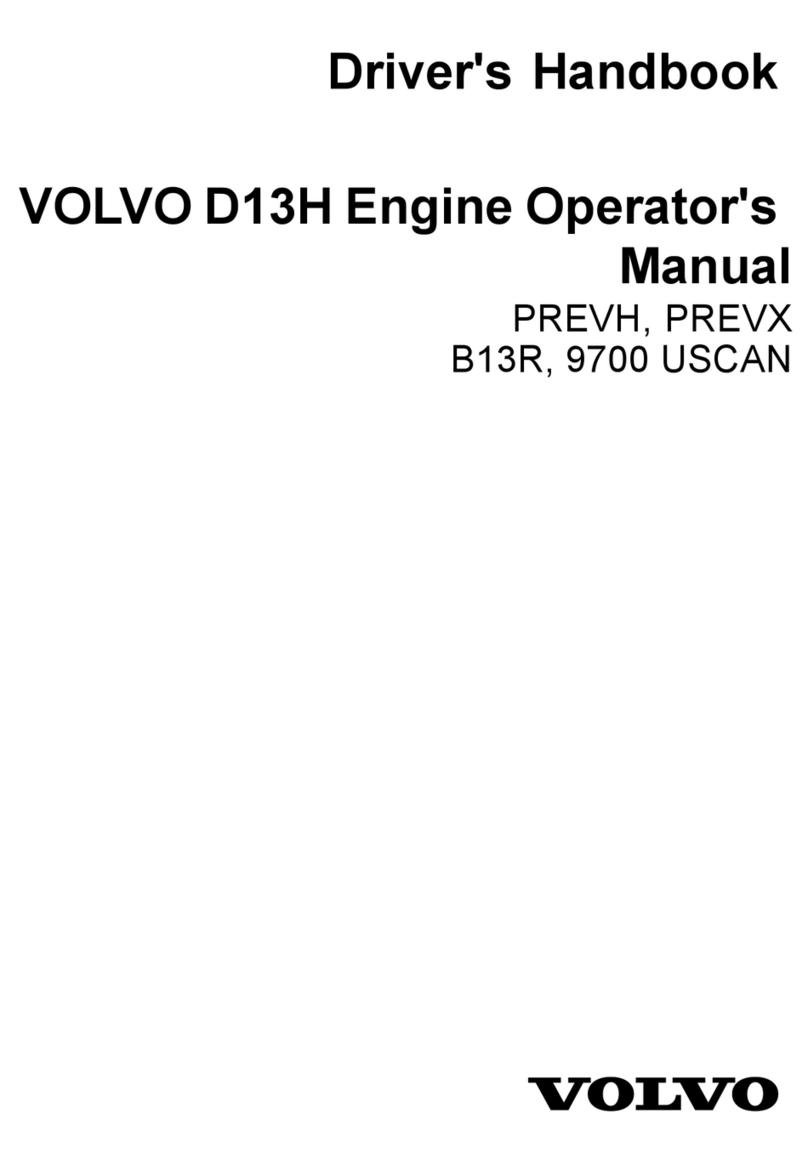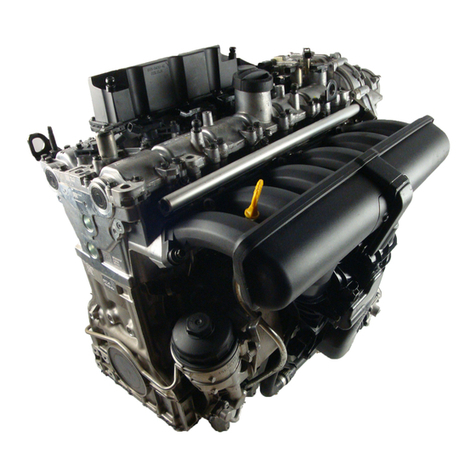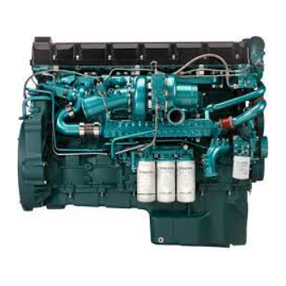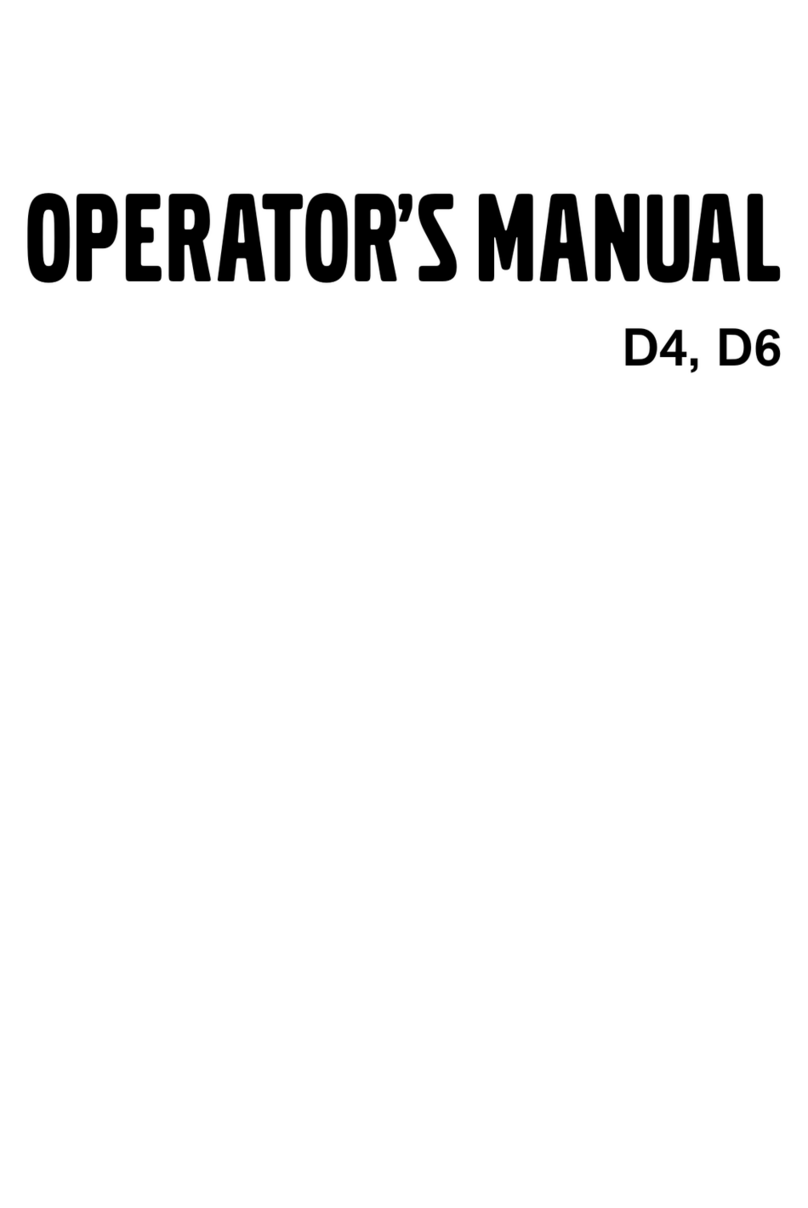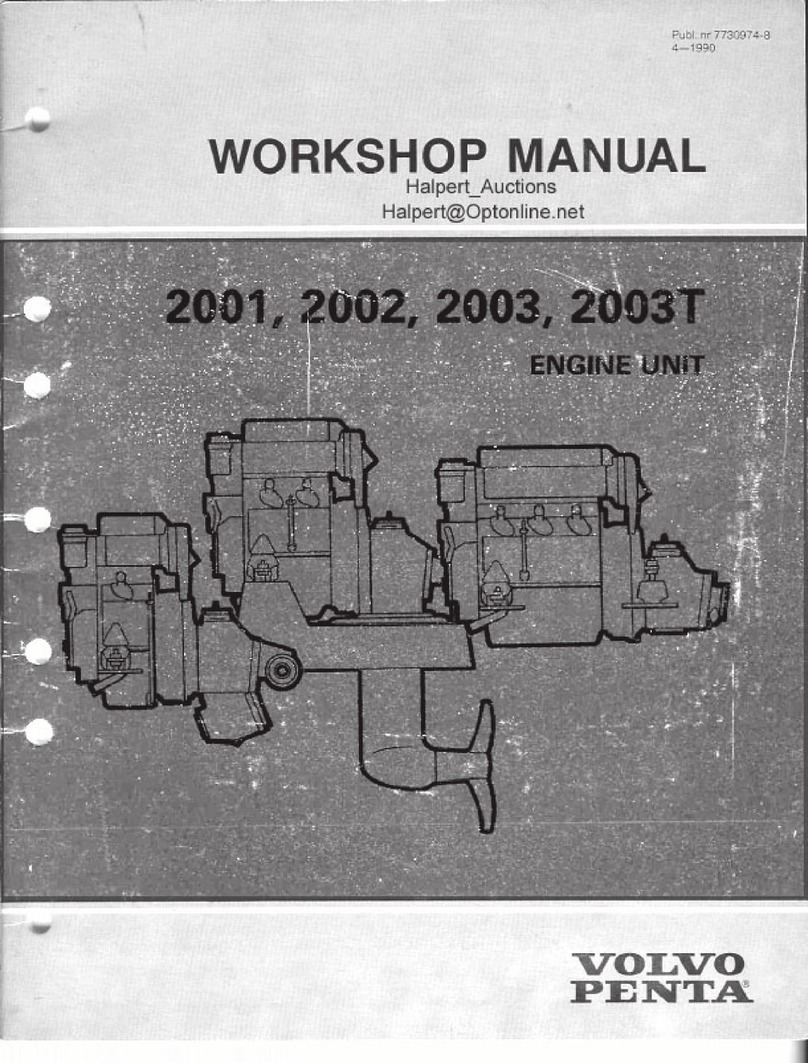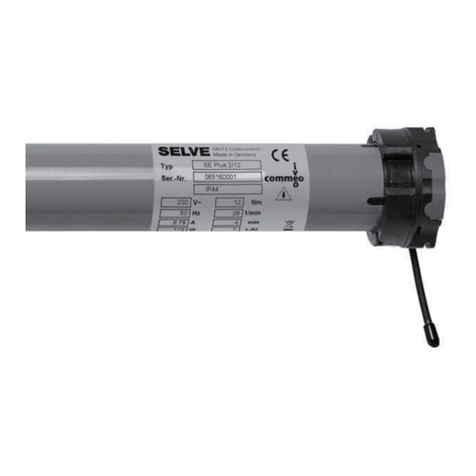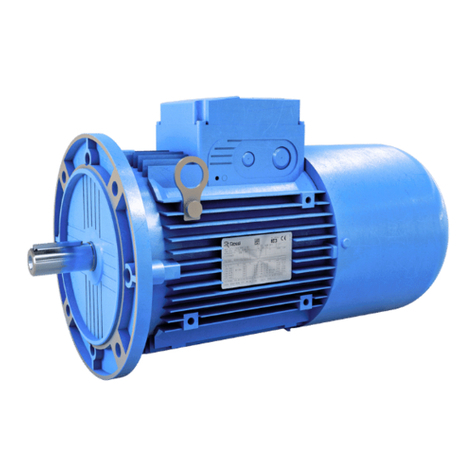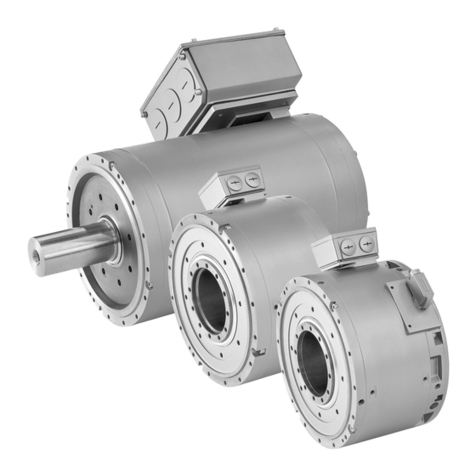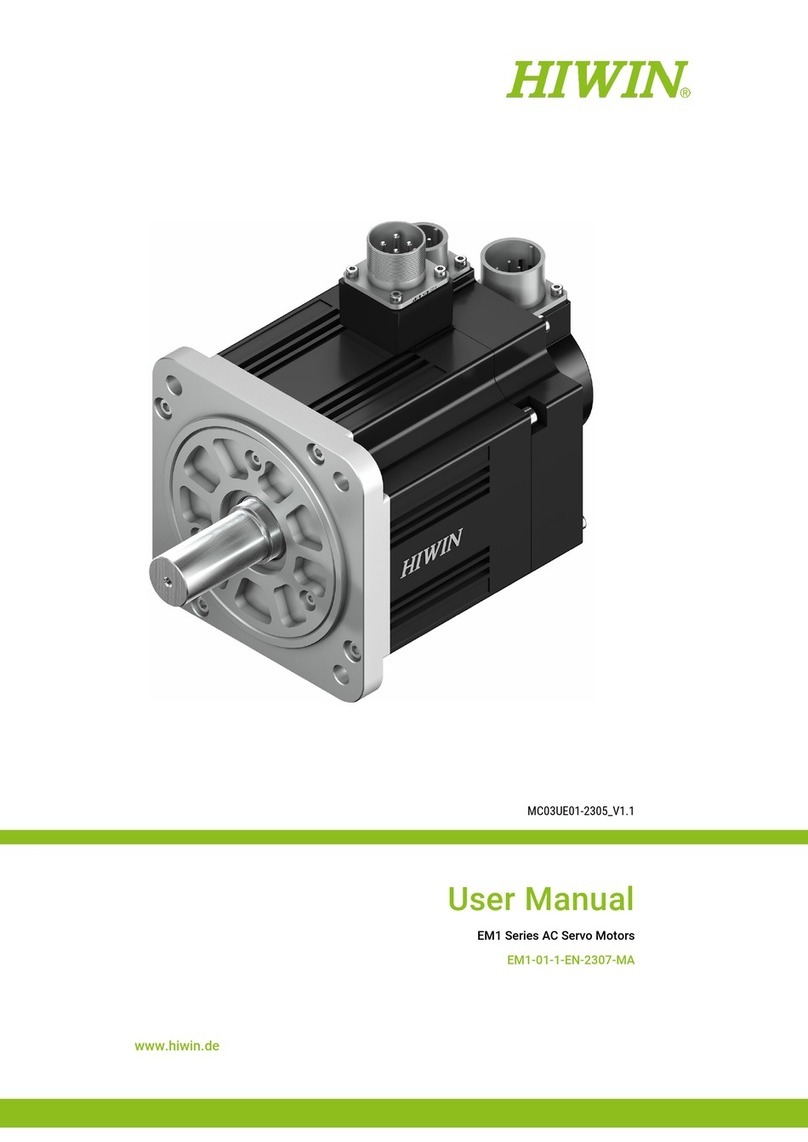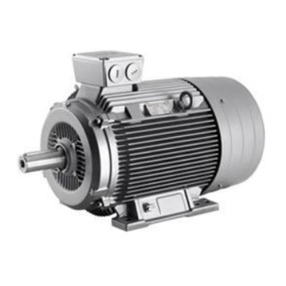
2
Safety Information ............................................. 3–7
General ...................................................................3
Boat travel ..............................................................4
Maintenance and service ........................................ 6
Introduction...................................................... 8–10
Running-in.............................................................. 8
Fuel and oil types................................................... 8
Certificated engines ............................................... 9
Warranty and Guarantee information ...................... 9
Identification numbers ........................................... 11
Presentation .................................................... 12–14
Technical Description............................................ 12
What is EDC ......................................................... 13
Orientation ............................................................ 14
Instrumentation ............................................... 15–19
Instrument panels ................................................. 15
Control panels ....................................................... 16
Warning displays................................................... 16
Starting switch ...................................................... 17
Control panels (EDC) ...................................... 18–19
Controls ........................................................... 20–21
Single lever control ............................................... 20
Dual lever control .................................................. 21
Starting the engine.......................................... 22–24
Before starting ...................................................... 22
General about starting ........................................... 22
Starting procedure................................................. 23
Operation ......................................................... 25–29
Check the instruments .......................................... 25
Diagnostic information........................................... 26
Cruising speed ...................................................... 26
Synchronizing engine speed ................................. 27
Changing control position ...................................... 27
Manoeuvering ....................................................... 28
Emergency shifting ............................................... 29
Forced propeller rotation........................................ 29
Accessories .......................................................... 29
Stopping the engine ....................................... 30–31
Stopping ............................................................... 30
Cold weather precautions ...................................... 31
Laying up .............................................................. 31
Maintenance schedule .................................... 32–34
Maintenance .................................................... 35–61
Engine, general ..................................................... 35
Lubricating system................................................ 38
Lubricating oils ...................................................... 38
Freshwater system ............................................... 41
Coolant ................................................................. 41
Seawater system .................................................. 46
Fuel system.......................................................... 50
Fuel specification .................................................. 50
Electrical system .................................................. 54
Electrical components diagram ............................. 59
Reverse gear ........................................................ 60
Inhibiting ......................................................... 62–63
Inhibiting ............................................................... 62
Taking out of storage ............................................63
Troubleshooting.............................................. 64–70
Symptom and possible cause ............................... 64
Start with auxiliary batteries .................................. 65
Emergency shifting ............................................... 66
Diagnostic function......................................... 68–74
Diagnostic function ............................................... 68
Reading diagnostic trouble codes.......................... 69
Erasing diagnostic trouble codes .......................... 70
Diagnostic trouble codes....................................... 71
Technical Data................................................. 75–76
Engine ................................................................. 75
Reverse gear ....................................................... 76
Contents
© 2005 AB VOLVO PENTA
All rights to changes or modifications reserved.
Printed on environmentally friendly paper.
(Cover: Department of transport (shipping), license 9809095)

